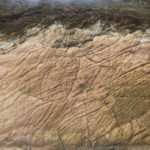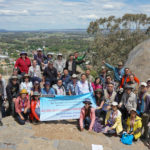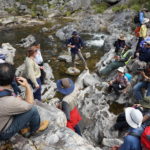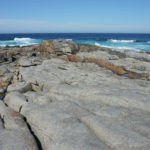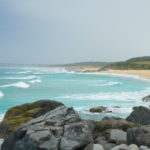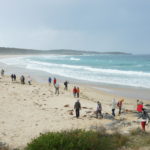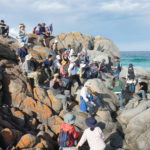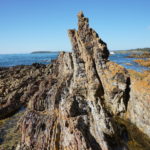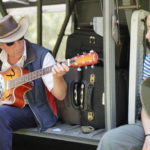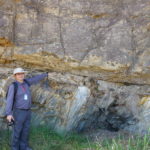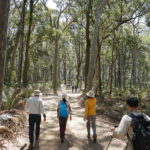2017 ACTER Field Symposium, 23-29 October 2017
The third annual ACTER field symposium was held from 23rd – 29th October, 2017, throughout the Lachlan Fold Belt of regional New South Wales, Australia. This year, the field trip and symposium was led by Prof. Bill Collins of Curtin University. Prof. Collins grew up in the hills of the Lachlan Fold Belt, studying the granites of the region during his undergraduate and Honours degree, and becoming a world expert in petrogenesis of the Lachlan’s characteristic S-, I- and A-type granites, and the tectonic conditions leading to petrogenesis and the growth of the orogen.
The event was well attended, with 42 staff and graduate students from Curtin University, the University of Newcastle, The University of Adelaide, Geoscience Australia, the Geological Survey of New South Wales, the Institute of Geology and Geophysics – Chinese Academy of Sciences, Guangzhou Institute of Geochemistry – Chinese Academy of Sciences, the Chinese Academy of Geological Sciences, Sun Yat-Sen University, Peking University, Chang’an University and Zhejiang University. Several members of the Geological Survey of New South Wales contributed significant knowledge of the local geology which added to the success of the trip.
After first boarding the bus in Sydney, and being treated with iconic views of the city and Bondi Beach above the Triassic sandstone cliff (an expression of the Sydney-Bowen Basin) at The Gap, the group traveled west through the Harbour Bridge to the picturesque Blue Mountains for introductory lectures and group discussions led by Prof. Collins. Here we observed views of the Three Sisters – formed from sandstones of the Sydney Basin, which overlies the Lachlan Fold Belt.
From here, we travelled west into the Paleozoic Lachlan Fold Belt, and over the following six days, travelled south to Canberra, then north along the stunning South Coast of NSW back to Sydney. This transect took the group on a journey through the crust; starting with the north-south striking Hill End Trough rift basin, and the flanking Macquarie Arc volcanics; then into the voluminous coeval S-type Wyangala Batholith; followed by the S- and later I-type granites of the Siluro-Devonian Kosciuszko Batholith and the surrounding Ordovician turbidite piles. We then began to travel east, where we were treated with superb outcrops displaying the melting of metasediments in the Cooma Metamorphic Complex and Bega Batholith, and magma mixing and mingling textures in the Tuross pluton. A highlight was certainly visiting the Watergums Pluton, the A-type granite that Prof. Collins along with late Professors Chappell and White first described in their landmark paper Nature and origin of A-type granites with particular reference to southeastern Australia, 1982.
Complementary to the incredible geology, were the fantastic evenings, filled with many laughs, discussions and great company. The 2017 ACTER Field Symposium was a raging success, giving locals and those not so familiar with eastern Australia the opportunity to see some of its most iconic sites and spectacular rocks, with a great group of people crossing different institutions, career stages, gender, disciplines, and culture backgrounds. Old friendships were renewed, and many new ones were established. Along the way numerous collaborative research and exchange initiatives were made. It certainly was a sign of good things to come for ACTER.
Collins, W.J., Beams, S.D., White, A.J.R. and Chappell, B.W., 1982. Nature and origin of A-type granites with particular reference to southeastern Australia. Contributions to mineralogy and petrology, 80(2), pp.189-200. https://doi.org/10.1007/BF00374895


